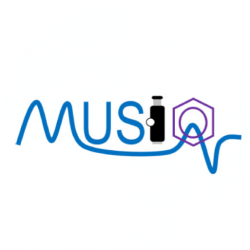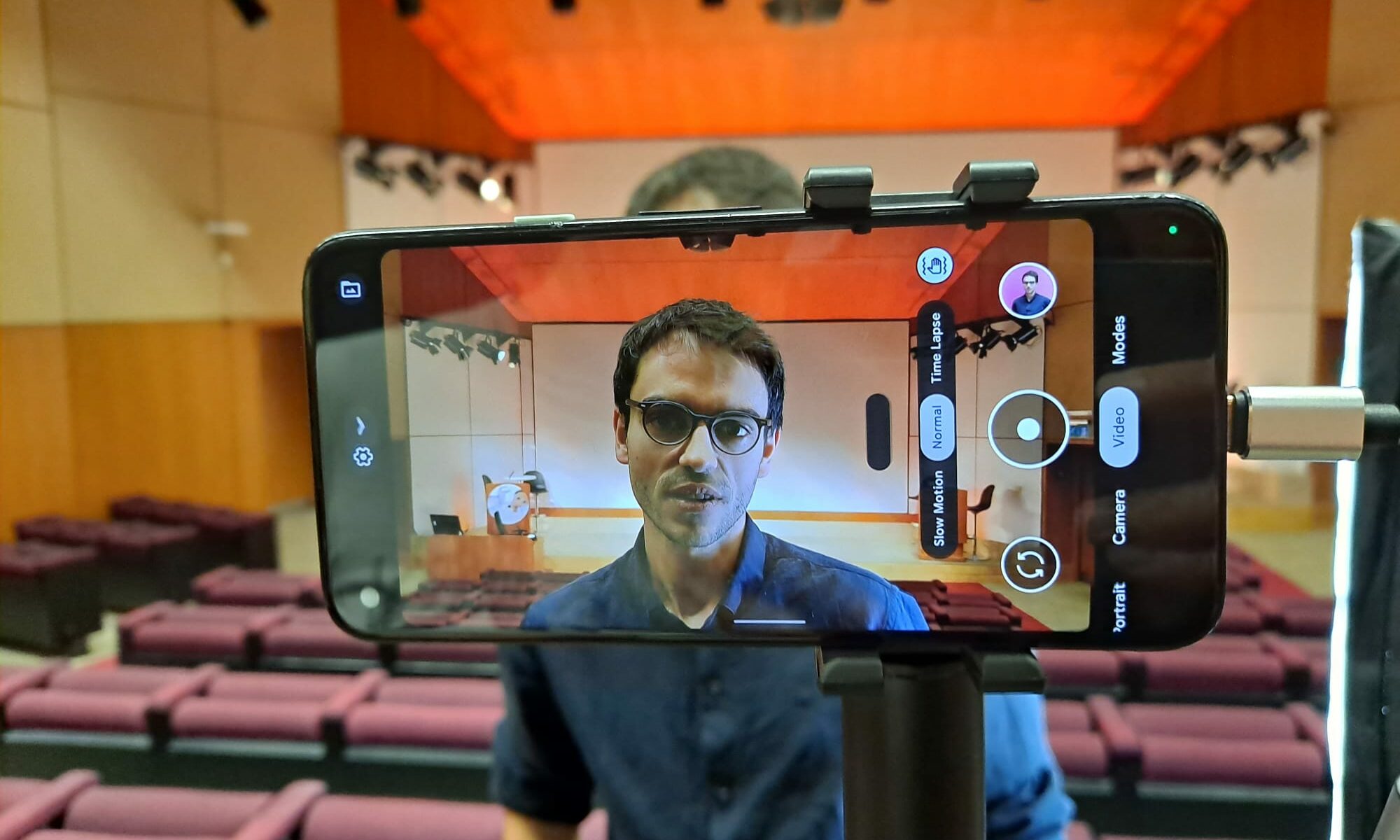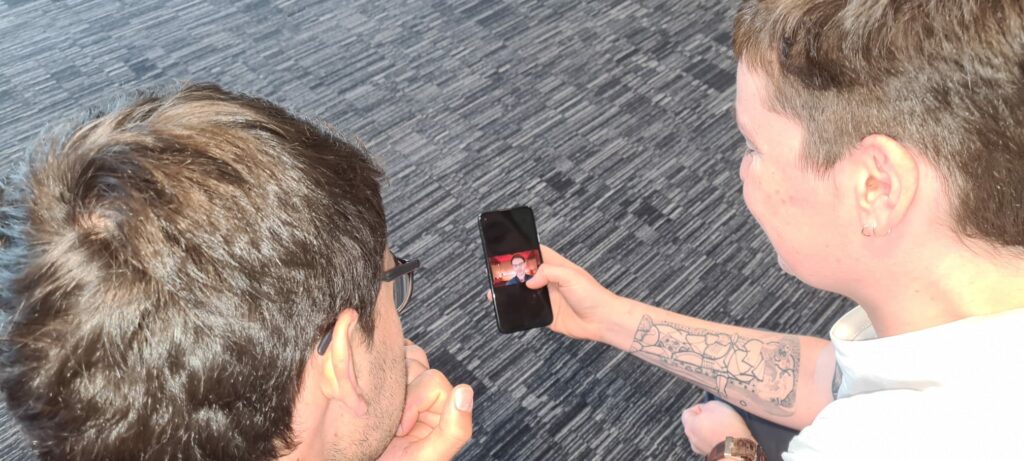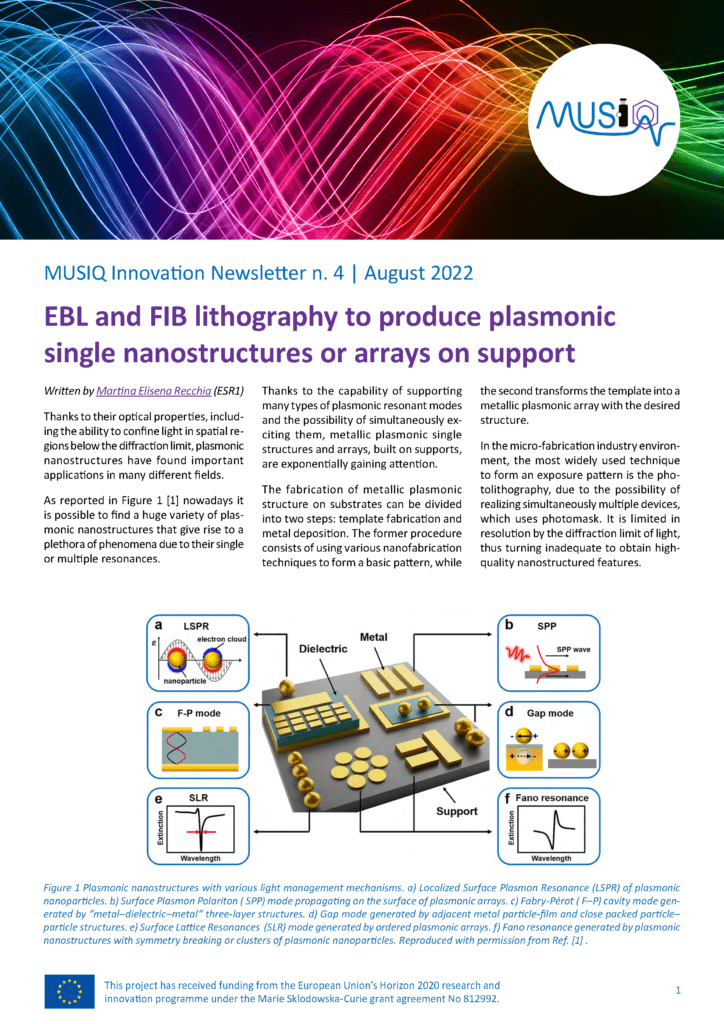Under the title – Nano Technology, Opportunity or Threat? – MUSIQ organised an Open Science Debate at the Politecnico di Milano, on 23 March 2023.
The focus of the debate was on the current dependency on nanotechnology and its products and the ongoing work in this research space within the MUSIQ Consortium. The discussion highlighted the significant progress made in the development of smart disease targeting nanotherapeutics.
This session open to the public attracted around 50 external participants, predominantly students from the Politecnico di Milano in addition to the MUSIQ early stage researchers and supervisors and served as a platform to raise awareness about the importance of nanotechnology and the need for public understanding of its applications.
The two-hour session kicked off with an introduction from our coordinator, Paola Borri from Cardiff University on the MUSIQ project and the format and expectations of holding an open science debate. She also introduced our guest speaker, Arwyn Tomos Jones from Cardiff University, who held a presentation on Nanotechnology and Nanoparticles: from environmental harm to future therapies.
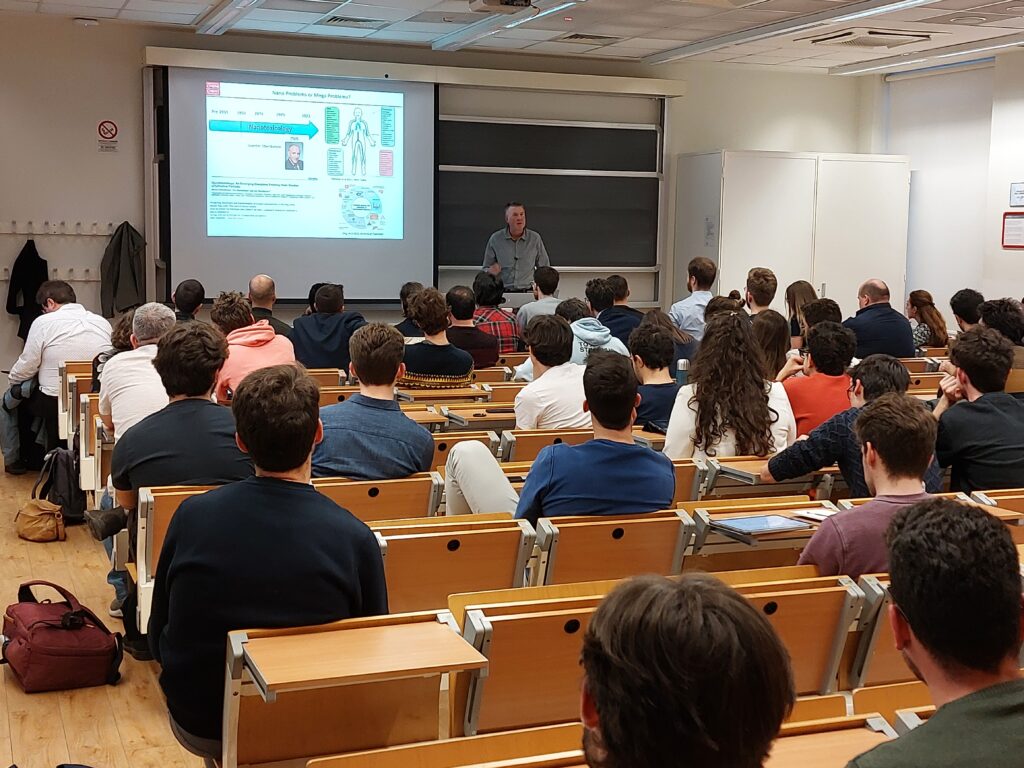
The main aim of Arwyn’s interactive presentation was to introduce nanotechnology, its overall understanding and current progress. Key questions at the end of presentation where included to start the debate where all participants had the opportunity to actively participate in and to raise questions to our MUSIQ panelists.
To further stimulate the debate, members of the MUSIQ consortium would raise critical questions to engage and involve all participants in the debate.
The event concluded by highlighting the need for an open science approach to nanotechnology research and development, emphasizing the importance of collaboration between industry, academia, and the need for public understanding of its applications to ensure responsible innovation in this field.

